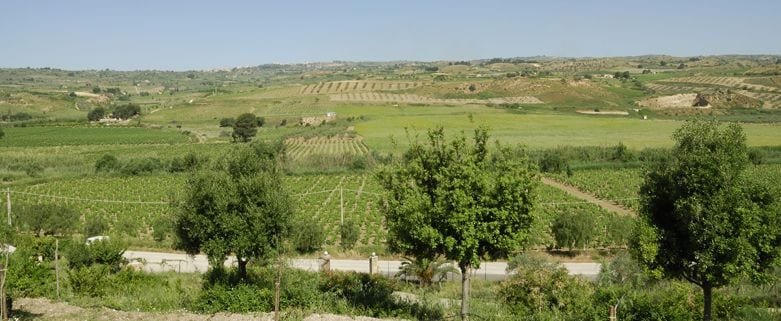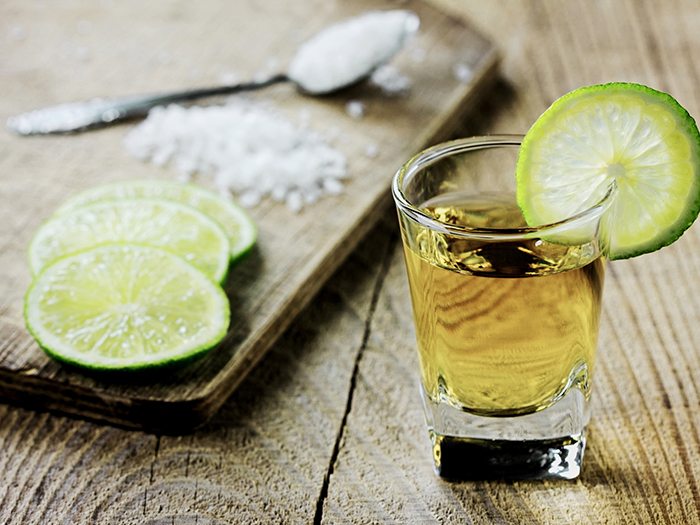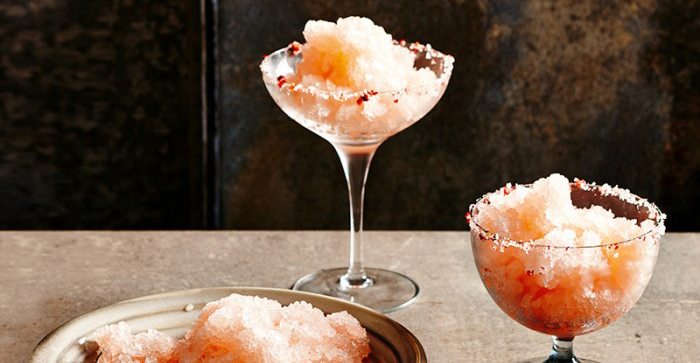It’s dark and steamy when the small plane from Rome lands at Trapani airport in Sicily, the island that has spawned the Mafia, marsala and my “bodyguard”, Giuseppe. As soon as we meet, he whisks me off to dinner in a four-wheel drive that is so new it defies my rustic image of this famous island. Everything about Sicily surprises.
The modern cars, modern housing and modern lifestyles of many Sicilians are just the tip of the forward-thinking mind-set of the island’s five million inhabitants. Their ancestors were wave after wave of Greeks, Romans, Byzantines, Arabs, Normans and Spaniards, among others, so it makes sense that the place is awash with jaw-droppingly diverse architecture.
Sicily’s southern Mediterranean location makes it a strong contender for top seafood. The fact that today it is part of Italy gives Sicily an edge when it comes to wine diversity, too. But for all the culinary promise that a cooking school at a large Sicilian winery holds, something visitors don’t expect to encounter here is modern wines.
“You’re off to Marsala? Just think of all those creamy, marsala-laden sauces over thin slivers of meat,” said more than one green-eyed friend on learning of my trip to western Sicily. Nothing could have been further from the truth. Four nights and countless courses and wines later and there wasn’t a single marsala in sight, let alone in our mouths.
Depending on who you listen to, Sicily is either a promising Italian wine region or one of the top three wine areas in the world. Santo Gozzo is a staunch defender of the latter. The former Sicilian winemaker now makes one of Italy’s most revered wines, Brunello di Montalcino, for the Piccini family in Tuscany, but it’s a small world and it’s only a couple of hours to Sicily from Tuscany.
Gozzo and his Tuscan employers have their wine fingers in many southern vinous pies, so to speak, making nero d’Avola, syrah, cabernet sauvignon, inzolia, cataratto, frapato, alicante, grillo and other wines from Sicily. It might sound like a motley mix of wines to make, but these Sicilian gems are transforming both Sicily’s and Italy’s wine image around the world.
Then there’s nerello mascalese. Used only in simple reds until recently, it grows 3000m above sea level on the slopes of Mount Etna, making it more cool-climate-loving than any of its heat-loving Sicilian counterparts. That, says Gozzo, is just one of the many things it has in common with the great wines, burgundy and barolo.
Not everyone agrees, but it’s still very early days for nerello mascalese and the best wines made from this grape are promising. Besides, it’s high time the wine world had something to rival burgundy and barolo because there are so many disappointing versions of both.
As for marsala? It is still made, but change is afoot. Dismayed by the cheap and cheerless flavoured marsalas of the 1980s, Massimo Bellina of Carlo Pellegrino has been agitating for a smaller marsala region, for fewer marsala styles and for the region to be converted to Denominazione di Origine Controllata e Garantita (DOCG), which would stipulate greater quality parameters.
As for my bodyguard? Assured that in Sicily I could safely walk alone in the early morning, safely go for a run alone at night and even safely hang out in a bar alone, I put all three to the test. Sicily was a surprise. I felt completely safe. Maybe it was a false sense of security, or perhaps Giuseppe was never far behind.
BLACK ROCK
Low-growing grapevines, ancient olive trees, cacti, capers and citrus all wrestle for space, moisture and attention on the dry, black volcanic island of Pantelleria, southwest of Sicily. The mythological Ulysses stopped here for seven years to enjoy the crystal-clear waters, near-perfect climate and fantastic seafood.
Pantelleria is home to two of Italy’s most obscure wines: zibibbo, a light bubbly; and passito di Pantelleria, a sweet dessert wine. Both are made from muscat of Alexandria, which was brought to the island by the Egyptians (hence the Arab name, zibibbo, meaning raisin).
Though the wines of Pantelleria are not easy to find, Brown Brothers makes two zibibbo look-alikes.






